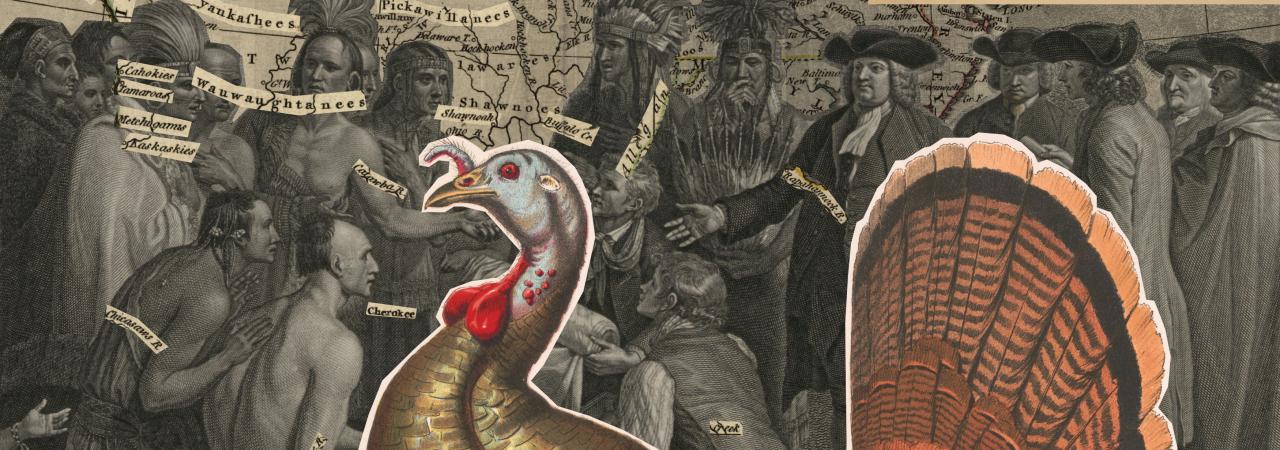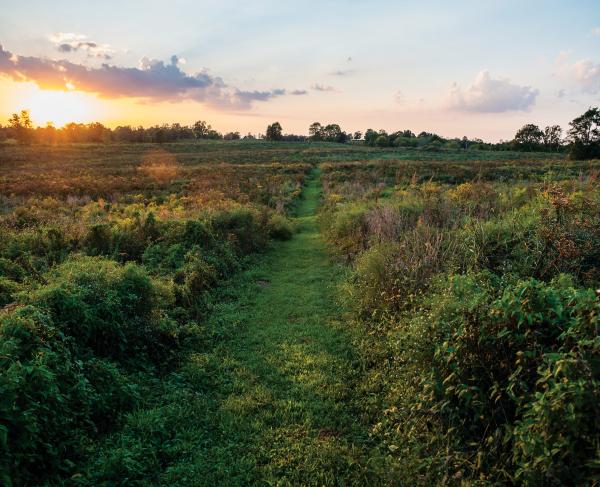5 Surprising Places to Find Native American Influence in History

Long before there was a United States, the Americas were populated by tens of millions of people with rich societies and cultures. The fate of these nations after the arrival of European settlers makes for a complex tale worthy of much more than a single email.
Instead, in recognition of Native American Heritage Month, we're highlighting some of the surprising ways that you can spot Native American influence within the narrative of history.
So Many Names
From Wisconsin to Wyoming, Alabama to Arizona, the names of no less than 21 U.S. states are derived from indigenous words. Similarly, many important battles in American history take their names from places with a Native American origin:Saratoga (“hillside country of the quiet river”) Ticonderoga (“land between the waters”), Oriskany (“nettles”), Waxhaws (“people of the cane”), Tippicanoe (“buffalo-fish place”) Chickamauga (possibly “river of death” OR “dwelling place of chiefs”), Antietam (“swift-flowing stream”) and many more. Then there are the names of modern military equipment, from the Tomahawk missile to the Apache, Black Hawk and Chinook helicopters.
French and/or Indian Wars
Native Americans have served in the military since before the country was officially founded. Through the 1760s, tribes fought alongside British colonists in four different conflicts that could accurately be termed “French and Indian Wars,” in that the forces they were opposing consisted of both of those groups. In the past, Americans tended to view these as discreet conflicts fought in the Western Hemisphere, but each can also be seen as a theater for a broader European or worldwide conflict: King William's War within the Nine Years' War (1688-97), Queen Anne's War within the War of the Spanish Succession (1702-13), King George's War within the War of the Austrian Succession (1744-48) and the French and Indian War within the Seven Years' War (1754-63). For some tribes, allegiances were fluid, but generally speaking the Iroquois, Catawba, and Cherokee fought with the English and the Algonquin, Lenape, Ojibwa, Ottawa and Shawnee sided with the French
The Food They Ate
There are good reasons why we associate Thanksgiving with Native Americans – but their influence on worldwide cuisine goes way beyond that one-day celebration. In fact, scholars estimate that 60% of the world's food supply originated in the Americas. To name a few: corn, potatoes, peanuts, chocolate, 14 varieties of beans, wild rice, turkey, squash, cranberries, and sunflower seeds.And since armies march on their stomachs, foodstuffs like cornmeal were the hallmarks of soldier rations in the 19th century. Other native crops, like the tomatoes that both sides turned into condiments helped relieve the monotony of flavor.
Indispensable Warriors
In recent decades, Native Americans have served in the military at the highest rate of any ethnic group relative to their population. These men and women follow in a proud tradition of warriors, including a smaller number whose connection to their native culture helped bring about victory on a worldwide stage. During both of the World Wars, the American military specifically sought out speakers of native languages, notably Choctaw and Navajo, and recruited them to serve as “code talkers.” Until it was declassified in the late 1960s, the code developed by the Navajo code talkers in WWII was the only code never breached by the enemy. Members of 33 tribes who served in this capacity have been recognized with Congressional Gold Medals, although it is believed that only five of the more than 300 code talkers are still alive in late 2019.
Conservation
Let's be clear: Native Americans represent such cultural, political and geographical diversity that it would be impossible to attribute any particular ethic or practice to all tribes and nations. But we can observe that, across a range of landscapes and facing a range of ecological challenges, a number of nations developed philosophies and practices with parallels to modern conservation and sustainability movements. The deep and abiding respect for land and nature implicit in Native American conservation practices should feel familiar to those of us who are passionate about saving hallowed ground.
Over the years, the Trust has preserved land associated with Native American history in many places. You can learn more about those projects here. To learn more about the contributions of Native Americans to the United States, visit the National Museum of the American Indian.


